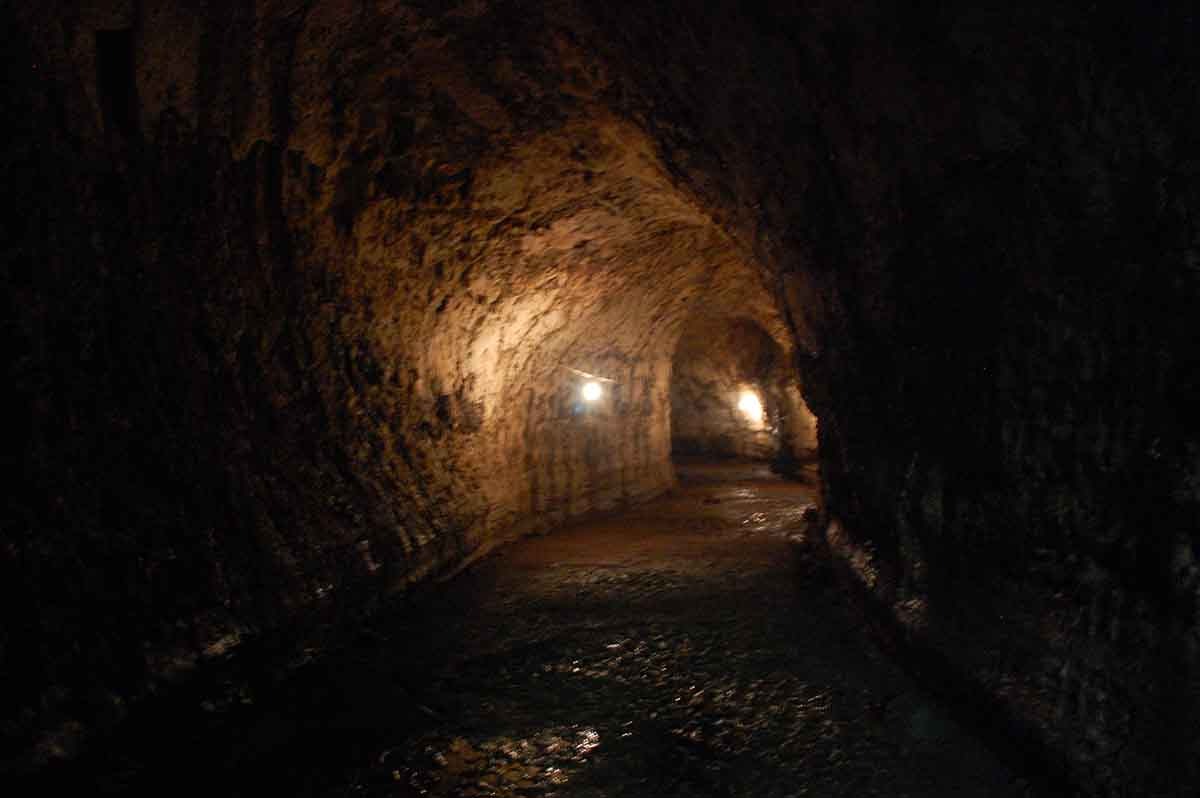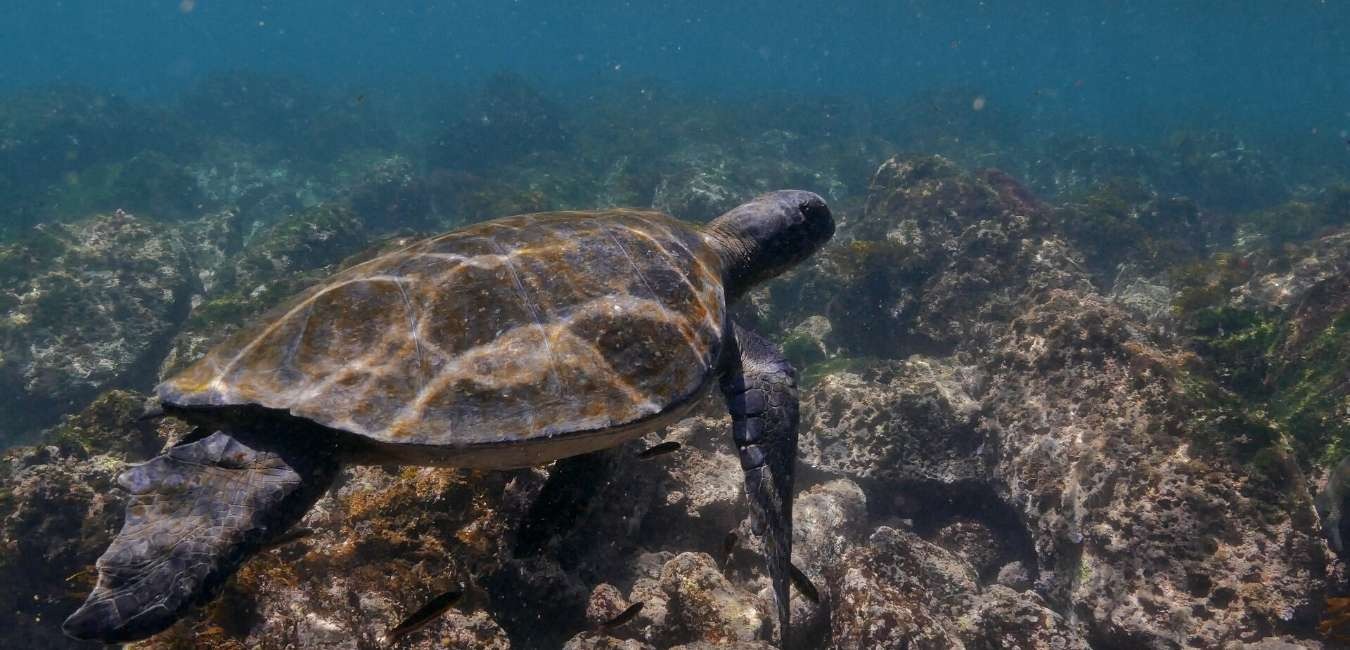Itinerary C
Day by day
Baltra Island.- This island was a strategic point during the Second World War. It is the main airport for the Galapagos Islands where tourists and colonists arrive and depart. At the Arrival at Baltra Airport, our naturalist English speaking guide will assists you. Transfer to the yacht. Welcome and briefing.
Hacienda Primicias. – After lunch, visit to Hacienda Primicias to see the giant tortoises in their natural habitat. The tortoises are easy to spot, lumbering around eating grass and leaves and wallowing. Some highland birds, like cattle egrets, mockingbirds, finches or flycatchers can be seen here. After the hike return to the yacht. Dinner and briefing for next day.
Tintoreras. – After breakfast, Tintoreras is located south of Puerto Villamil. It has a small bay of completely calm turquoise waters, where you can appreciate sea lions, sea turtles, marine iguanas, rays, etc. The bay is connected to a crevice of crystal clear water, that’s shallow and when the tide is low, the entrance closes. In this crevice, you can see how reef sharks swim along with other small fish and sea lions. Lunch on board.
Breeding Center Arnaldo Tupiza. – This center has a captive breeding program for tortoises from the populations of southern Isabela.
Humedales.- Disembark (dry landing), walk for about 30 mins. This area is characterized by sandy beaches, rocky shores, and mangroves. The area has a number of trails where you can see all four species of mangroves found in Galapagos and also migratory birds: whimbrel, short-billed dowitcher, wilson’s phalarope, common tern, blue-winged teal, osprey, black-bellied and semipalmated plovers, greater and lesser yellowlegs to name a few.
Wall of Tears. – By bus to Wall of tears a sad reminder of the history of Isabela. The wall was constructed between 1946 and 1959 while Isabela was a penal colony. As punishment the prisoners were forced to build the wall from huge blocks of lava. The wall is named for the many convicts that died while building the wall. Dinner and briefing for next day.
Map


